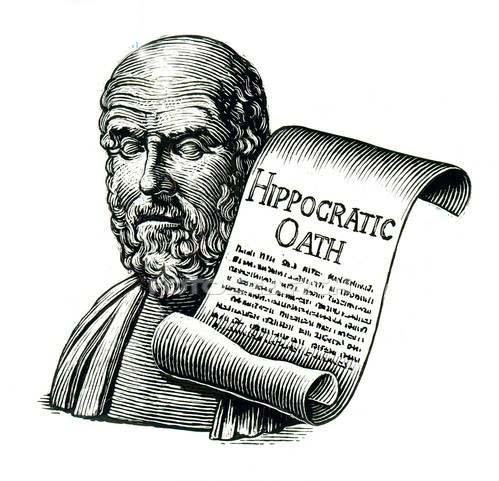 Art and health are two extremely different topics that are
surprisingly related in a number of ways.
Scientific observations that relate to the medical field are heavily reliant
on certain types of art. This
relationship is outlined in the Hippocratic Oath which outlines the importance
of the coalition between the two. It
urges doctors to remember that artistic abilities may, at times, be
preferred to scientific ones. Especially in
the time of Hippocrates, art was crucial to the success or failure of medical procedures
and knowledge.
Art and health are two extremely different topics that are
surprisingly related in a number of ways.
Scientific observations that relate to the medical field are heavily reliant
on certain types of art. This
relationship is outlined in the Hippocratic Oath which outlines the importance
of the coalition between the two. It
urges doctors to remember that artistic abilities may, at times, be
preferred to scientific ones. Especially in
the time of Hippocrates, art was crucial to the success or failure of medical procedures
and knowledge.
One part of medicine that heavily involves the use of art is
MRI's. MRI's are unique
because they operate through aural techniques.
This was a groundbreaking advancement that proved it was possible to
create a visual image through the use of sound and magnets. Silvia Casini argues that ultrasounds
portrait like qualities due to its “performative” qualities. The advancements in this form of art have
made it possible to identify tumors, and problems with patient’s brain
structures without having to perform further procedures.
https://www.youtube.com/watch?v=l8xTVfs4FQ0
In The Architecture of Life, Donald Ingber describes just how complex life is. The human body is made up of an extensive anatomy that is still not completely understood by the scientific world. The advancements in art have made practices significantly better, faster, easier, and more reliant. It has allowed doctors to go from simply drawing a picture of what they see anatomically, to being able to see inside a body by performing a simple 15 minute procedure.
-Brian Sussex
Resources:
Casini, Silvia. "Magnetic Resonance Imaging (MRI) as Mirror and Portrait: MRI Configurations between Science and the Arts." Configurations 19.1 (2011): 73-99. Web.
Ingber, Donal E. The Architecture of Life. N.p.: Scientific America, 1998. Print.
"Kevin Warwick." Kevin Warwick. N.p., n.d. Web. 25 Apr. 2016. <http://www.kevinwarwick.com/>.
Tyson, Peter. "The Hippocratic Oath Today." PBS. PBS, 27 Mar. 2001. Web. 25 Apr. 2016. <http://www.pbs.org/wgbh/nova/body/hippocratic-oath-today.html>.
Voxdotcom. "Life Looks Really Different through an MRI Machine." YouTube. YouTube, 16 Sept. 2014. Web. 25 Apr. 2016. <https://www.youtube.com/watch?v=l8xTVfs4FQ0>.

No comments:
Post a Comment